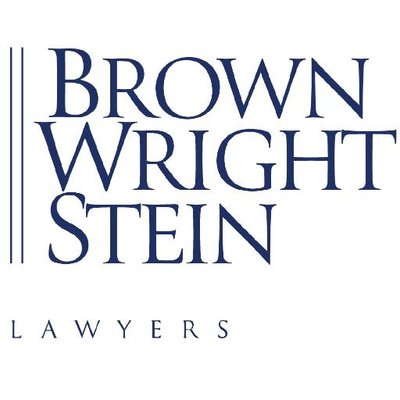Top tips and tricks for tenants of commercial premises
About to enter into a commercial lease? Daunted by the whole process?
Entering into a commercial lease can be an overwhelming experience for many tenants, with typical lease agreements addressing an array of topics, riddled with complex legal terminology and in some cases, exceeding 50 pages.
Below are some common issues worth paying attention to:
Repairs & maintenance clause –this clause is often a source of conflict between landlords and tenants. The clause should usually prescribe what a tenant is obliged to pay for and what they will not. However, never assume that the things you will not pay for are the landlord's obligation, so it is imperative that you ensure that the lease also specifies what the landlord is liable to pay for in addition to what you are to pay for.
Rent review clause – some leases contain 'ratchet' clauses which prevents the rent you are paying from decreasing when a market rent review occurs if the outcome of the market rent review would effectively result in less rent being paid compared to the preceding year. It would be prudent to ensure that any such ratchet clauses are deleted from your lease.
Option to renew clause – if you intend to lease the same premises on a long term basis, it would be worthwhile to ensure the lease contains an option to renew when it expires. This will ensure that you continue to lease the same premises on generally the same terms and conditions. In the absence of an option to renew, the landlord is free to offer the premises to another tenant or to you on different terms and conditions.
Mortgagee's consent – if there is a mortgage over the property that you are leasing, you should ensure that the landlord's mortgagee has consented to the lease to you of the property. Without that consent, the mortgagee could potentially terminate the lease if the landlord defaults on its mortgage repayments.
Refurbishment/demolition clause – these clauses usually enable the landlord to refurbish the premises or demolish the building of which the premises forms part during the term of the lease, potentially causing significant disruption to your business. In such circumstances, positive obligations on a landlord to minimise disruption and adequate and lengthy notice are practical preliminary steps to circumvent the negative impact that these clauses present.
Incentive/fitout contribution – it is not uncommon for leases to also deal with incentives paid to tenants although such incentives will usually be contained in a separate incentive deed. An incentive given by the landlord could include:
a rent free period;
cash payment to the tenant; or
payment towards the tenant's fitout.
As a tenant, you should carefully consider any incentive offered from an income tax and GST perspective to ensure that you receive the maximum benefit without any adverse tax consequence. For instance, contributions by the landlord towards the tenant's fitout works will be assessable unless they are structured so that any fitout paid for by the landlord is treated and owned and depreciated by the landlord. This is usually achieved by creating a principal and agency relationship between the landlord and tenant.
Clawback provisions associated with incentives or fitout contributions should also be considered and where possible, be removed from leases or incentive deeds. A 'clawback provision' is a standard term where a fitout contribution is provided by the landlord and under certain circumstances, such as default or repudiation of the lease by the tenant, the landlord has the right to recover some of the fitout contribution. A typical example of a 'clawback provision' provides the landlord with a % recovery of the fitout amount, based upon the number of years into the lease - for example, 80% in the second year, 60% in the third year and so on. Typical situations where a 'clawback provision' might apply are when a tenant assigns a lease, defaults on a lease or surrenders a lease. While 'clawback provisions' are common, it is worthwhile for a tenant to seek to have these provisions removed, especially since their enforceability is debatable.
Guarantee clauses – you should always remain mindful in circumstances where a landlord seeks personal guarantees under a lease if the tenant is a corporate or trustee tenant. Under most guarantee clauses, a guarantor agrees to personally indemnify and guarantee all of the obligations of the tenant under the lease. It is important to negotiate with a landlord to either cap the amount that a landlord is entitled to recover from a guarantor, or to offer a varied security, for instance, a bank guarantee for a higher amount (equivalent to 9 months rent as opposed to 6 months rent).
If you would like assistance in relation to this or any other leasing issues, please contact our Property team.
The material in this article was correct at the time of publication and has been prepared for information purposes only. It should not be taken to be specific advice or be used in decision-making. All readers are advised to undertake their own research or to seek professional advice to keep abreast of any reforms and developments in the law. Brown Wright Stein Lawyers excludes all liability relating to relying on the information and ideas contained in this article.
